Monetizing Returns and Damaged Inventory
September 6, 2023
Listen to my voiceover here.
It seems like everyone is focused on monetizing returns and unsellable inventory in their warehouses. A lot has been said about this, and I don’t want to just repeat what’s out there. I’m sharing my holistic perspective accumulated from my time at EILEEN FISHER, Inc., Recurate, Inc. my own business Molte Volte and all the conversations in between.
I think unsold and unused inventory has been an age-old frustration that started as soon as warehouses were created. Even before e-commerce returns, which now make up the largest volume of unsellable goods, there were always damaged items and items that just never sold.
Here’s what Google says about the history of warehouses:
So, this is really a challenge for the ages.
Outlets
Did the Romans invent outlet stores? Not that I know of.
Outlets first appeared in the eastern United States in the 1930s. Factory stores began offering employees lower prices for damaged or excess merchandise. After a while, the audience expanded beyond the employees. In 1936, Anderson-Little (a menswear brand) opened an outlet store out of its existing factory. (link)
Often the damaged or unsold items are/were sent to outlet stores. Outlets used to be more of a true treasure hunt because they were full of deeply discounted first quality goods. These days many/most brands create lesser quality, lower price goods expressly for their outlets, which have become planned distribution channels for revenue and profit.
Luxury Doesn’t Like Outlets
Some brands (Chanel, Hermes, etc) will never go the outlet route because they don’t want to damage their brand value. These brands may prefer to shred or burn their unsold goods instead of seeing them sold at sale prices. Burberry got in a lot of trouble for incineration a few years back. This will soon be illegal in Europe and it will be interesting to see what luxury brands do to respond to this new law.
Financials
This unsold inventory - which can also include samples that are created through the design, merchandising and product development process - many times is sold to a jobber or reseller who will pay $5 an item for something they will turn around and make $50+ on, but the brand doesn’t want to deal with it- quite literally, they want it taken off their hands and off their books where it has been sitting as a financial liability. For example, say a company spent $100 to produce a sweater they will sell for $200. If that sweater sits unsold in their warehouse, that $100 cost is sitting as a liability in their books, but once they get it out the door, even for $5, they can just account it as a loss and move on. I think many CFOs would choose to make $5 on an item that is taking up space in their warehouse and has no clear future than to let it sit there indefinitely. Warehouse space costs money too!
Returns
Compound all of this with the addition of e-commerce returns and you’ve got a bigger headache. Roughly 1/4 of ecomm clothing purchases are returned, which translates to $38 billion, and depending on how sophisticated a brand’s warehouse or operational partner is, getting those returned items back into inventory can be extremely costly; the same article says it costs $25.1 billion to process those $38 billion in returns. Even if brands can efficiently return items into their inventory, approximately 20% of the returns will be damaged and go into the ‘we can’t sell this’ pile, which either sits in a brand’s warehouse or their 3PL partner’s warehouse.
So, until recently brands have sold (or donated) these damaged returns, samples and otherwise unsellable items to jobbers and resellers for pennies on the dollar. This will probably continue for a while, but it’s clear that there is a business opportunity for these items, and the companies who make them have a lot of upside to gain.
Currently, I am seeing a proliferation of offerings to help brands sell these items and hold onto more of the profit.
Brand Owned Resale: brands can take advantage of their existing resale channels and partnerships by adding damages and unsold merchandise into their resale collections. This is not technically ‘resale’, so I encourage brands to label the items appropriately as ‘brand supply’ or something similar so customers know what they are getting. Companies like Arrive (who’s tagline is “returns to recommerce”) are laser-focused on reselling returns in a way that the brand can be proud of and make more money on. Other resale software vendors will help brands incorporate returns into their resale collections as well including Trove, Archive, Treet, Recurate, AgainCo. Some of these resale software vendors are partnering with returns providers and warehouses to create integrations to smooth and enable the whole process, which is smart for such a big business opportunity.
Resellers: there are a new crop of resellers offering their services as a true partnership with brands. Wardrobe is an example- they sell unsold merchandise for brands, and they give brands a higher cut of the revenue and a ton of customer and sales data, something traditional resellers do not.
I already overviewed outlets, which are a way for brands to make a higher return on their unsolds as long as they don’t mind the branding that goes along with outlets.
Organize Your Pile
I have worked with many brands who have a less-than-clear understanding of what is sitting unsold or damaged inside their warehouse. Many times, it’s literally a corner with boxes that just fill over time with items the warehouse workers can’t process with existing standard-operating-procedures. I believe there is huge potential for brands to take control of these corners and piles- not only for the monetization potential, but also to improve their processes and better understand their inefficiencies and waste streams. Right now that corner is probably costing you rent and taking up much-needed space. Review that product, identify a solution that you feel best suits your needs and can be an ongoing process so your warehouse teams can keep packing the boxes and shipping them to someone who will pay you for them!
Tech AND Operations
It’s also important to know up front that this pile of unsold products will need different treatment by the warehouse teams. It will need to be inspected, graded, and possibly cleaned and/or repaired if the value of the item merits that cost. If the brand is owning the reselling of these items, photos will also need to be taken and resale listings will need to be created. If the brand owns their warehouse they can decide whether or not they want to take on these operational steps themselves or if they want to pass to a partner with these resale operational expertises like The Renewal Workshop, Tersus, Fillogic, Retail Reworks and others. If the brand partners with a 3PL, they should ask their 3PL if they already provide any of these services (many 3PLs are already playing in this game- they see the damaged returns volume!). If the brand already has a resale offering, it’s likely that their software vendor has existing operational partnerships with some of the companies I named above- and, honestly, if anyone from a brand with an existing resale program is reading this, they are probably chuckling to themselves because their resale software provider has probably been dogging them to sell their returns for months!
If you want help figuring out what to do with your corner pile and how to make some (more) money on it, let me know.
Have a great week,
Cynthia


